Parsnips are a native root vegetable that has been part of the human diet since the Roman Empire. The taste of the parsnip (also the parsnip) is sweetish-spicy and can tend to be bitter.
What you should know about the parsnip

The parsnip is indigenous to this country and was already known as a food in the ancient civilizations. The undemanding root vegetable forms a carrot-like, slightly thick, white-brown turnip with a high starch content.
Parsnips were already grown and prepared as food in the Roman Empire; in the 14th century, parsnip juice was seen as a cure for the plague - its effectiveness remains an open question. At the same time, parsnips were consumed just as frequently in the Middle Ages as the potato is today, from which they were also replaced in their great importance. Both the parsnip turnip and the leaves can be used, the turnip is used as food, and the parsnip leaves are used as a spice with a similar taste.
Purees, fried dishes, baby porridge, syrup as a spread or juices can be made from the parsnip. Consumption stimulates the appetite, larger amounts can have a diuretic effect. Due to the starch, parsnips are also filling.
Importance to health
On the one hand, parsnips were and are so popularly grown because, like carrots and other roots, they are quite undemanding and less susceptible to diseases.
On the other hand, they are enjoying growing popularity again due to their ingredients. In addition to a high starch content, which is good for filling, and low nitrate values, which make them ideal for baby porridges, there are comparatively high protein contents in parsnips. Vegetarians and vegans have therefore (re) discovered parsnips for their low-protein diet due to the lack of meat. The fiber-rich parsnip also contains potassium and vitamin C, as well as some essential oils, including bergapten and xanthotoxin.
Both serve to ward off parsnips' predators and are currently being researched for their effectiveness against diseases such as psoriasis or multiple sclerosis.
Because of this composition, parsnips are an ideal vegetable for vegans, vegetarians and followers of other diets that do without protein. There is also a certain folic acid content in parsnips, which, along with the small amount of iron, is of interest to pregnant women. Although it is not enough to cover the daily requirement, it does contribute to the body's much-needed intake of folic acid - even in every other person.
Ingredients & nutritional values
| Nutritional information | Amount per 100 gram |
| Calories 75 | Fat content 0.3 g |
| cholesterol 0 mg | sodium 10 mg |
| potassium 375 mg | carbohydrates 18 g |
| protein 1.2 g | Fiber 4.9 g |
The essential components of parsnips are dietary fiber in the form of vegetable fibers, vegetable proteins and starch. In terms of minerals, it contains particularly attractive concentrations of potassium, calcium, magnesium and iron.
In addition to vitamin C, parsnips also contain important folic acid and other vitamins, including vitamins A and E and a few others in lower concentrations. In addition, the whole parsnip, together with the leaves that can be used as a spice, contains essential vegetable oils that serve to ward off predators. These are harmless to humans and could even be of health interest. The essential oils of parsnips are toxic to insects and some other animals, but not to most mammals.
Intolerances & allergies
The parsnip is a particularly recommendable contribution to hypoallergenic food and is often prepared as an ingredient in baby food for allergy-prone children, for example. However, people who are allergic to birch pollen have already shown reactions to the consumption of parsnips, so those affected should be careful with parsnips.
In addition, people usually react to parsnips in the course of a cross allergy; the actual allergy is often against celery or members of the umbelliferae family. Allergy to parsnips is very rare, but it does happen too. It manifests itself like any other allergy and sometimes occurs in babies who have had their first experience with parsnips. If a baby is allergic to parsnips, it doesn't have to stay that way for life; the baby can get used to them over time.
Often the reaction of babies to their first parsnips is not due to a real allergy, but to an intolerance. Your metabolism needs time to get used to the new vegetables, which is usually quick because the parsnip does not contain any ingredients that are difficult to digest.
Shopping & kitchen tips
As a robust root vegetable, parsnips can be stored quite easily. They are in season from September to December, but the best outdoor crops are available in October and November. From January to March you can still find stock of parsnips in supermarkets, and the first imported parsnips are now available for sale.
When buying the parsnips, the not yet fully ripened beets can be bought because they will ripen after the harvest. However, they should not be prepared beforehand, as only ripe parsnips develop their full flavor. Although the parsnip is considered to be comparatively robust, it cannot be stored as easily and for as long as the potato, for example, which stays fresh in the cellar for months. Parsnips contain types that are sensitive to the cold, which is not so easily recognizable from the outside. Therefore, parsnips are always best kept in a cool place, but not in the refrigerator, as this could draw the moisture away from them.
In addition, they should be well packaged, this can make them last a little longer. A shopping tip for particularly flavorful parsnips are smaller beets - parsnips can vary from the size of a baby carrot to beets weighing 1.2 kg. The smaller beets usually contain more flavor than the large parsnips. Regardless of the size, the skin of the parsnip should be as intact as possible, this also preserves the taste of the beet. If the skin becomes wrinkled and dull, the parsnip loses its taste and already spoils, like a carrot.
Preparation tips
Parsnips are suitable for the preparation of purees and porridges, cream soups, juice, syrup or they are fried or sautéed like a carrot. To puree a parsnip, it is first boiled until it is soft, the duration depends on the thickness of the parsnip. It becomes soft and somewhat glassy. It can then be mashed as finely as desired relatively easily.
Fried parsnips are becoming increasingly popular, although the roasting process should not take too long. Otherwise the bitter substances contained in the parsnip will wake up and the taste will change in an unpleasant way. It is therefore advisable to pre-cook or cook the beets for softer vegetables and then to fry them as briefly as possible. The production of juice or syrup is a little more complicated, which is why corresponding products based on parsnips are usually bought as industrial finished products.

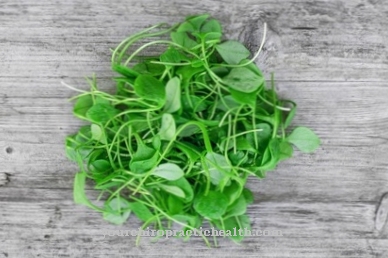
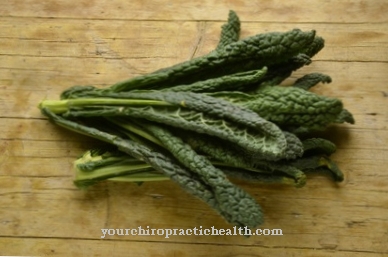

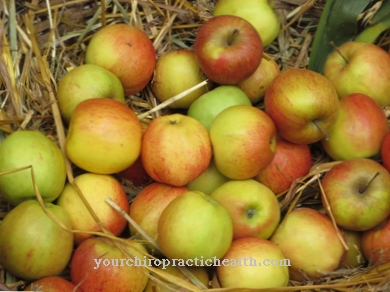
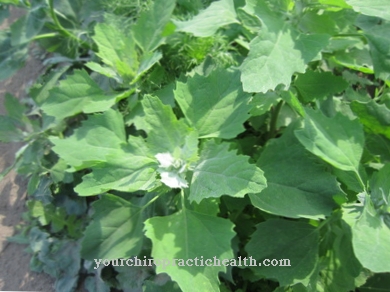
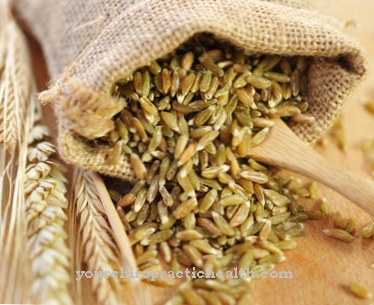






.jpg)

.jpg)
.jpg)











.jpg)